The wolf's bladder, scientifically known as Lycoperdon perlatum, is one of the most interesting and curious species of mushrooms found in our forests. Its common name, which may seem amusing to some, does not do justice to the ecological and medicinal importance of this mushroom.
In this article, we will explore all its facets, from its morphological characteristics to its role in traditional and modern medicine.
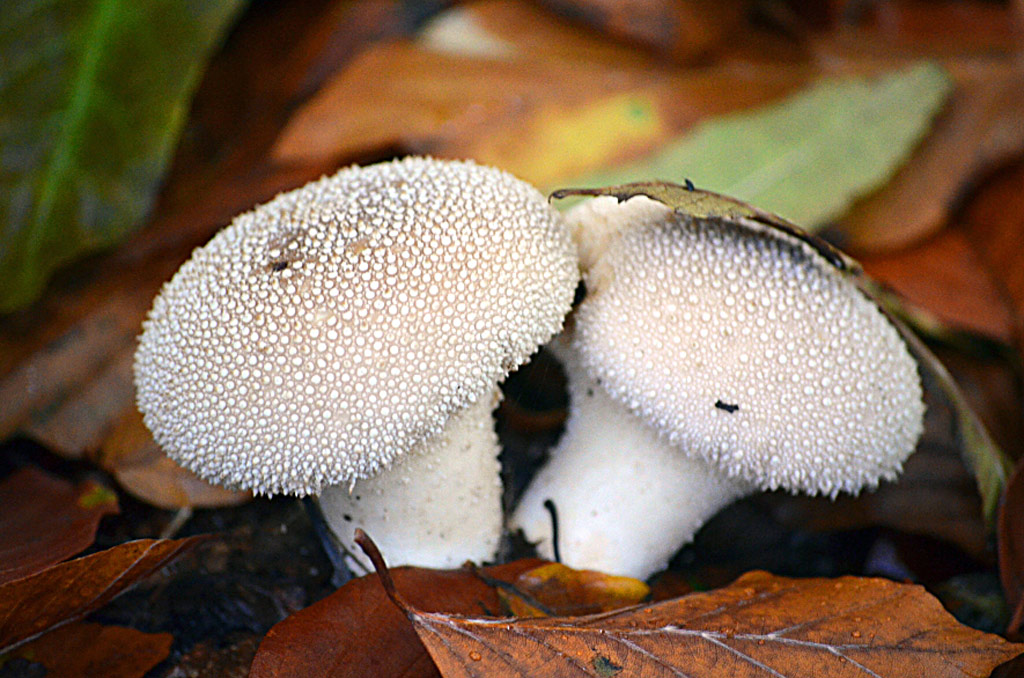
Characteristics of wolf's bane
Wolf's bane has a series of morphological characteristics that make it unique within the Fungi kingdom:
- Shape and size: The carpophore of the wolf's head mushroom has a rounded or slightly oval shape, with a diameter ranging from 2 to 5 centimeters and a height that can reach 9 centimeters in some specimens. This particular shape distinguishes it from other mushroom species.
- Texture and color: Its exoperidium, the outer layer covering the fruiting body, is whitish-gray in color and covered with small protuberances or “pearls,” which give it its specific epithet. As the mushroom matures, these protuberances detach, leaving small marks on the surface of the mushroom, which adds to its aesthetic uniqueness.
- Gleba: The gleba, the fleshy mass inside, is white when young and takes on light brown tones as it matures, passing through yellow-greenish tones. It is in this part of the mushroom that the spores develop and are stored, thus contributing to its reproduction and dispersal.
- Spore dispersal: When mature, the mushroom opens through an apical pore, through which the spores are released. These are globular, slightly warty, and between 4 and 5 micrometers in size. The way in which the puffball releases its spores is one of the most curious and characteristic aspects of this species, demonstrating a remarkable adaptation to its environment.
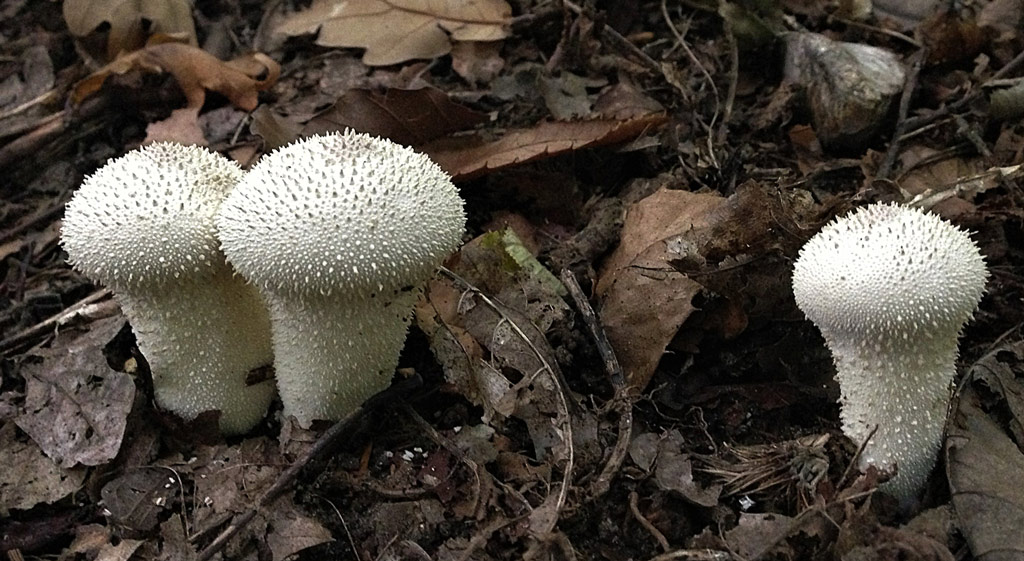
What does the wolf's bane look like and where can it be found?
Wolf's bane is a very common species that can be found in a wide variety of forest types. It often grows in groups and can appear at any time of year, although it is more abundant in spring and autumn.
It can be found in both coniferous and deciduous forests, in areas with litter or grass. It is widely distributed, ranging from temperate zones to colder regions. Furthermore, its presence indicates the health of the forest ecosystem in which it is found, being a sign of balance and biodiversity.
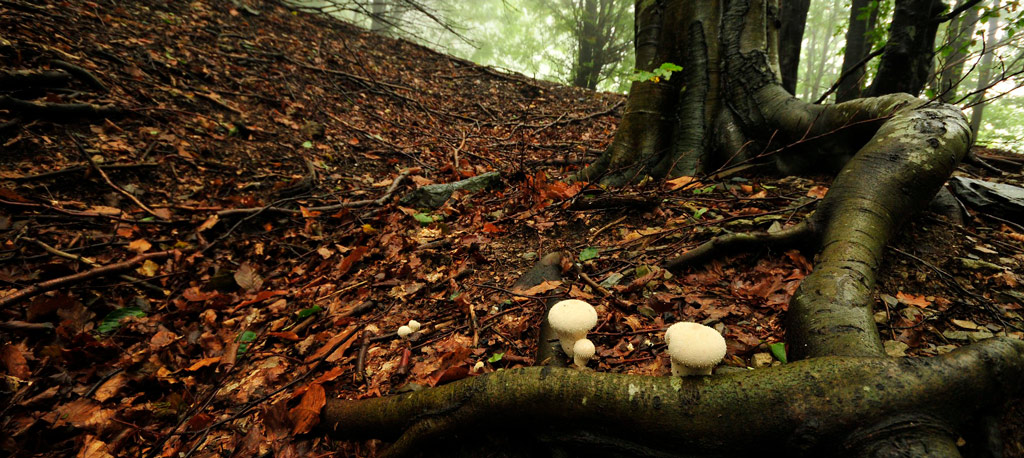
Is the wolf's-head mushroom edible?
Although the wolf's-head mushroom is edible, its flesh is only suitable for consumption when it is still white and the mushroom is young. However, its flesh is considered to be of poor quality and is not generally appreciated in gastronomy.
Despite this, it has been used as food in some cultures, particularly in times of scarcity. Its culinary value is rather limited, but its availability and resilience make it an option in extreme situations.
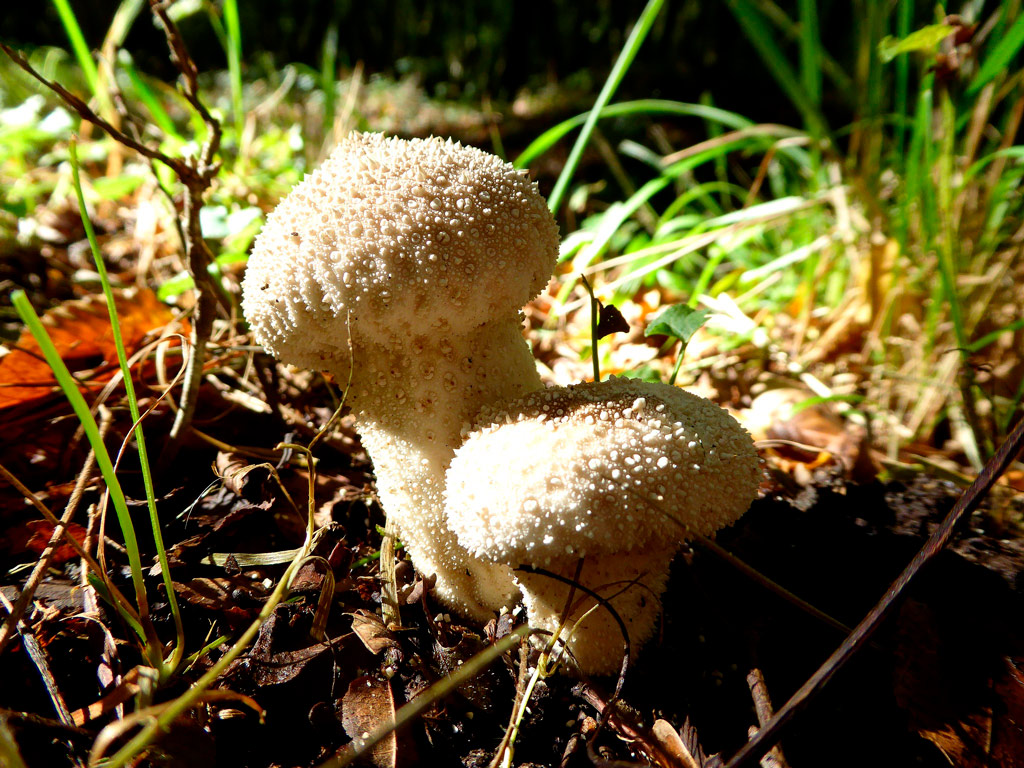
Can puffballs be confused with other mushrooms?
It is important to note that puffballs can be confused with other species of mushrooms. More specifically, they resemble other varieties of Lycoperdon, such as:
- Lycoperdon mammiforme
- Lycoperdon umbrinum
- Lycoperdon achinatum
It is therefore essential to carefully check its characteristics to avoid possible misidentification, especially if consumption is planned. Confusion with other mushrooms can lead to health risks, so it is crucial to have a solid knowledge of mycology before picking and consuming wild mushrooms.
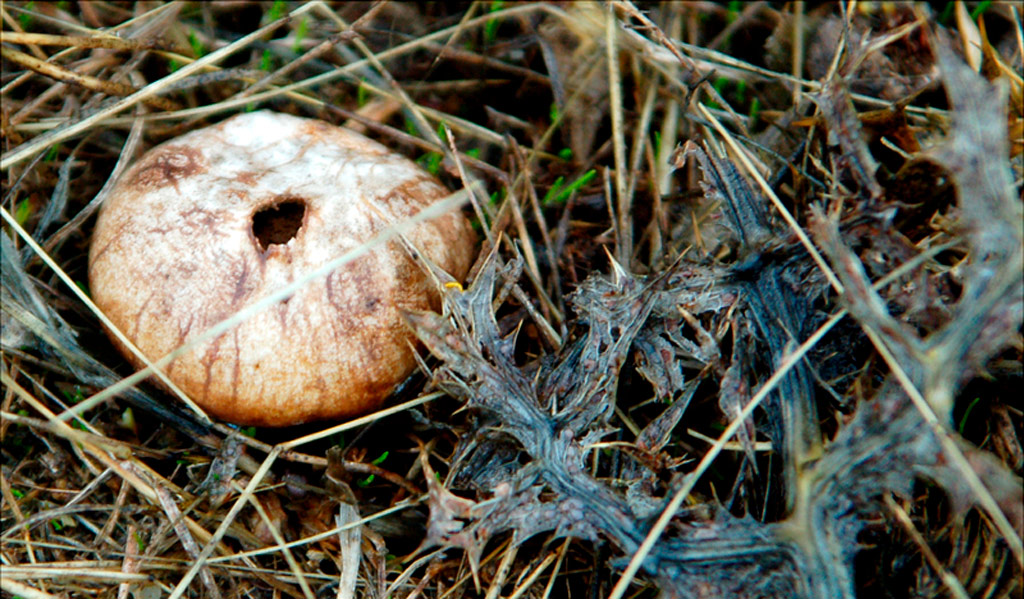
Properties of wolf's bane
In addition to its morphological characteristics and edibility, the wolf's head mushroom also has certain medicinal properties that have attracted the interest of the scientific community. This mushroom has been shown to have antibiotic and healing properties, making it a valuable resource in the field of medicine.
Various studies have examined its ability to stimulate cell regeneration and reduce inflammation, making it useful in the treatment of wounds and skin lesions. In addition, its potential in cosmetic surgery has been explored, where it is used to promote healing without leaving marks.
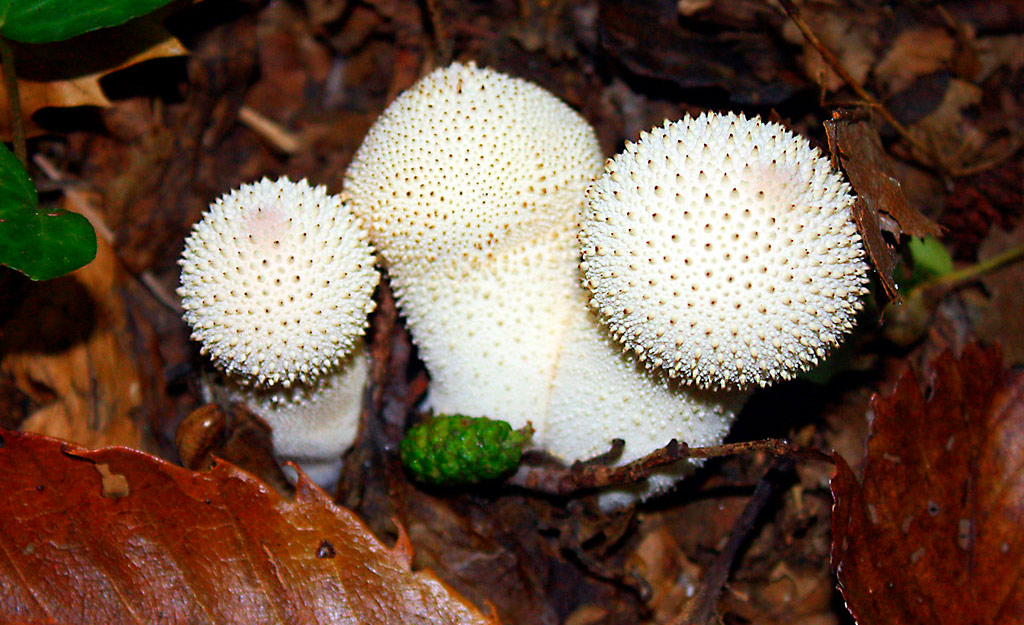
Interesting facts about the wolf's bane
The wolf's bane is a fascinating species with a number of interesting features that are worth exploring:
- Dispersal method: The way in which the wolf's breath releases its spores through an apical pore has been a source of wonder and study for scientists and nature lovers alike. This dispersal method is highly effective and designed to maximize the species' chances of survival and reproduction.
- Ecological importance: Despite its unusual name, the puffball mushroom plays a crucial role in the forest ecosystems where it lives. As a decomposer of organic matter, it contributes to the nutrient cycle and the maintenance of soil health. In addition, its presence can be indicative of the biodiversity and integrity of the forest.
- Resilience and adaptability: The wolf's-head fungus is a resilient and adaptable species that can survive in a variety of environmental conditions. Its ability to grow in different types of forests and its wide geographical distribution are testament to its versatility and survivability.
These curiosities invite us to appreciate the beauty and importance of the wolf's foot club fungus in our natural ecosystems, as well as to continue exploring and learning about the wonders of the Fungi kingdom.
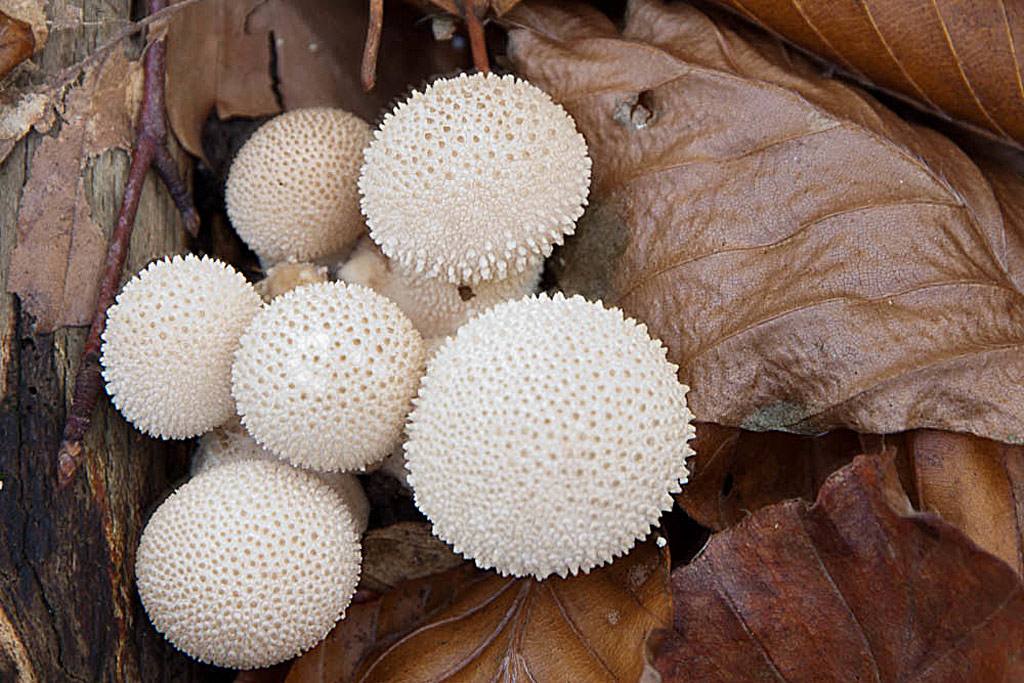
Why they release spores in this particular way
The way the wolf's head mushroom releases its spores is one of the most intriguing aspects of this fascinating fungus. This process, which may seem strange at first glance, has a scientific explanation that reveals this species' ingenious adaptation to its environment.
When the wolf's head mushroom reaches maturity, its fruiting body opens through an apical pore, releasing a cloud of spores that are dispersed by the wind. This dispersal mechanism is crucial for the successful reproduction of the fungus, as it allows the spores to be transported to new areas where they can germinate and give rise to new individuals. The synchronized release of spores under optimal humidity and wind conditions ensures that the species' propagation is efficient and effective.
This dispersal strategy is a notable example of the evolutionary adaptation of the puffball fungus to its natural habitat. By releasing its spores in an explosive and synchronized manner, the fungus maximizes its chances of colonizing new environments and ensuring the long-term survival of the species.
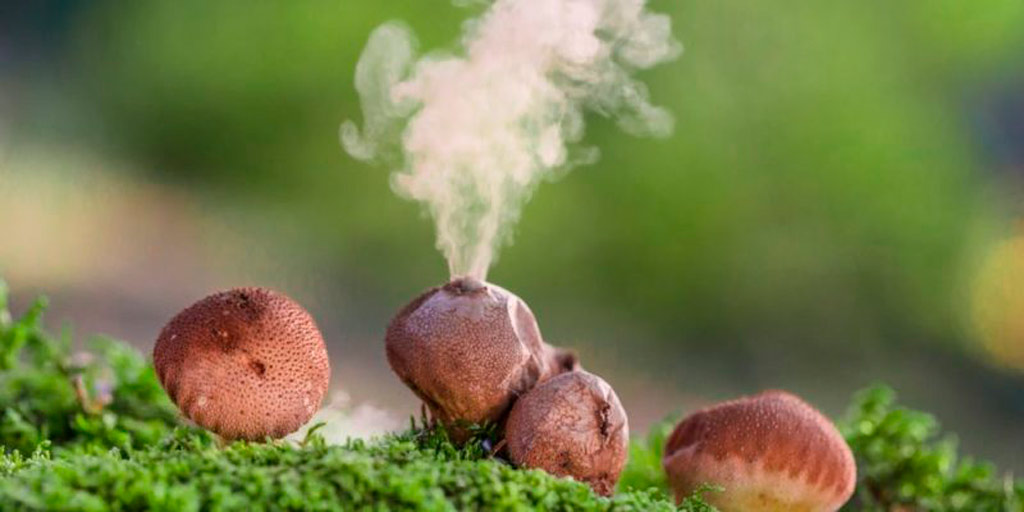
The puffball mushroom, known scientifically as Lycoperdon perlatum, is a truly fascinating fungus that deserves our attention and respect. From its unique morphological characteristics to its role in traditional and modern medicine, this species offers us a window into the amazing world of fungi.
By exploring the puffball mushroom and learning about its properties and curiosities, we can deepen our understanding of biodiversity and the functioning of forest ecosystems. Furthermore, by valuing and protecting fungal diversity, we contribute to preserving the health and vitality of our forests and natural environments.
Health and fungi!
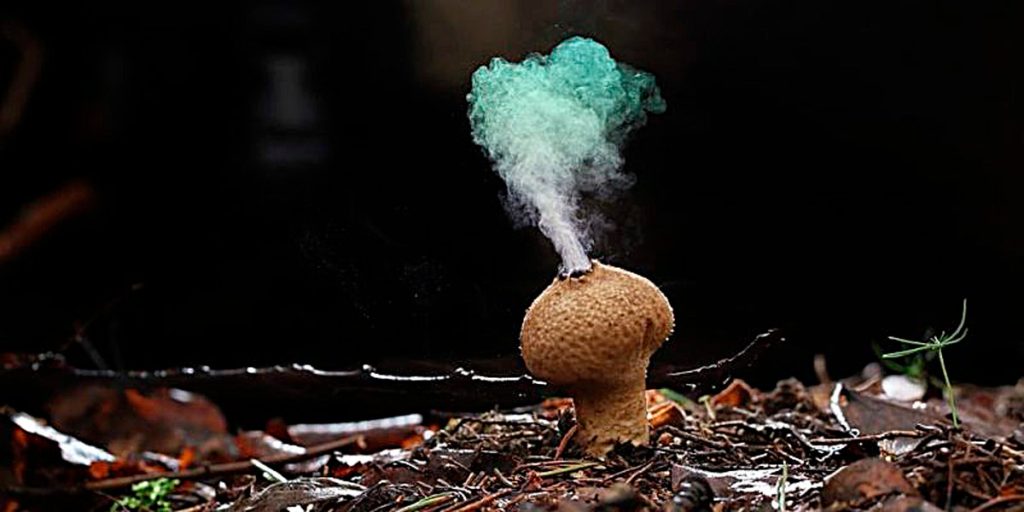









Te pueden interesar